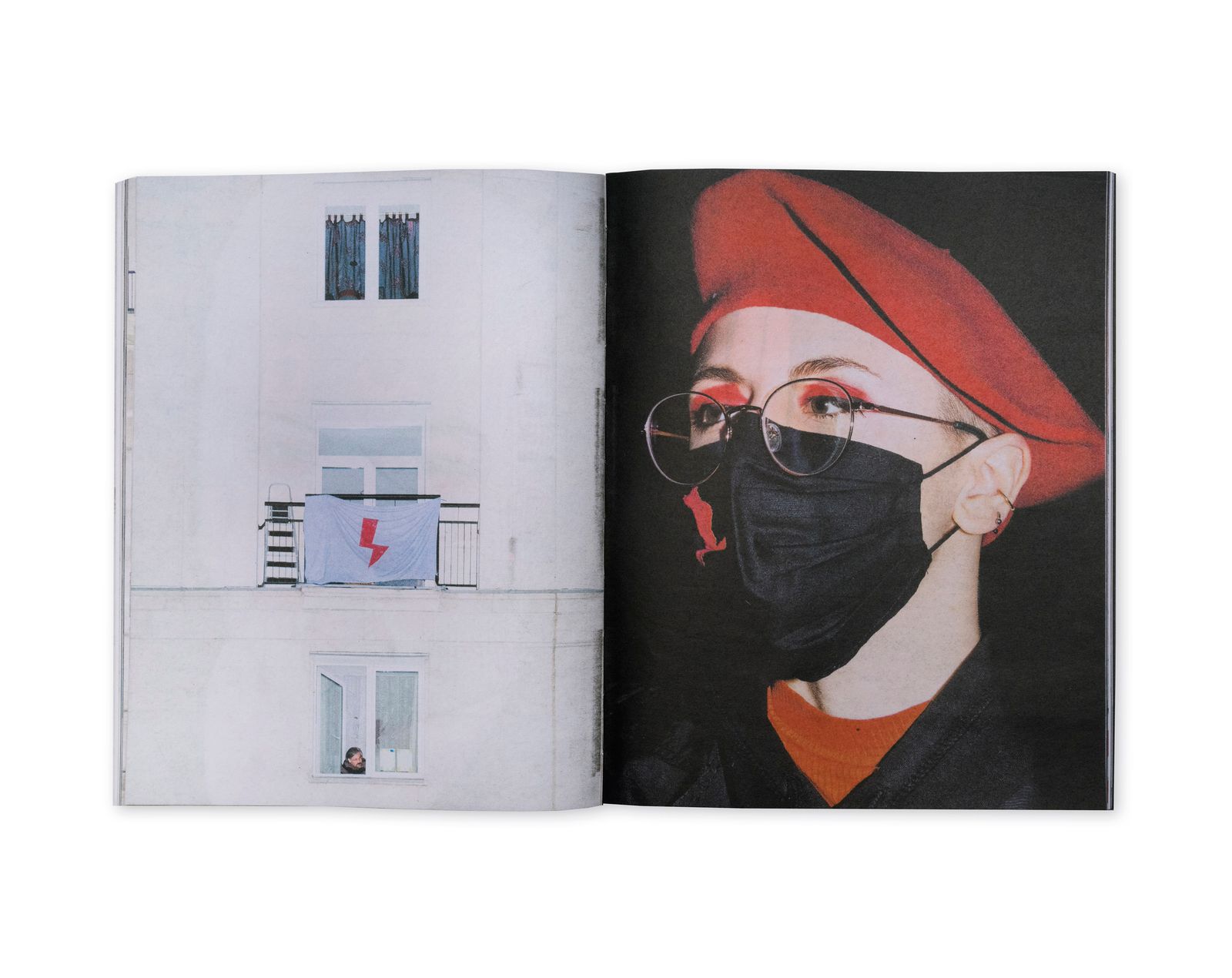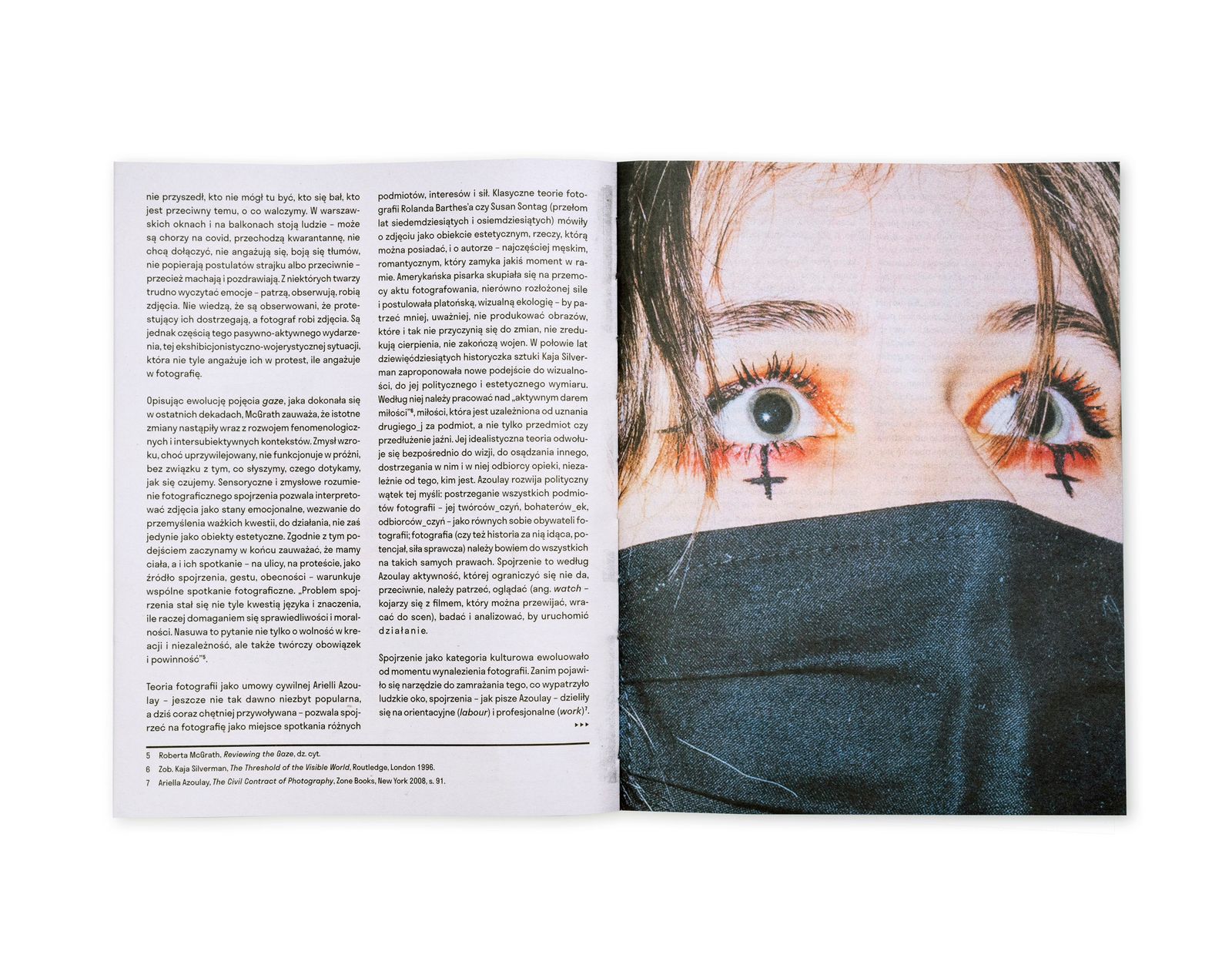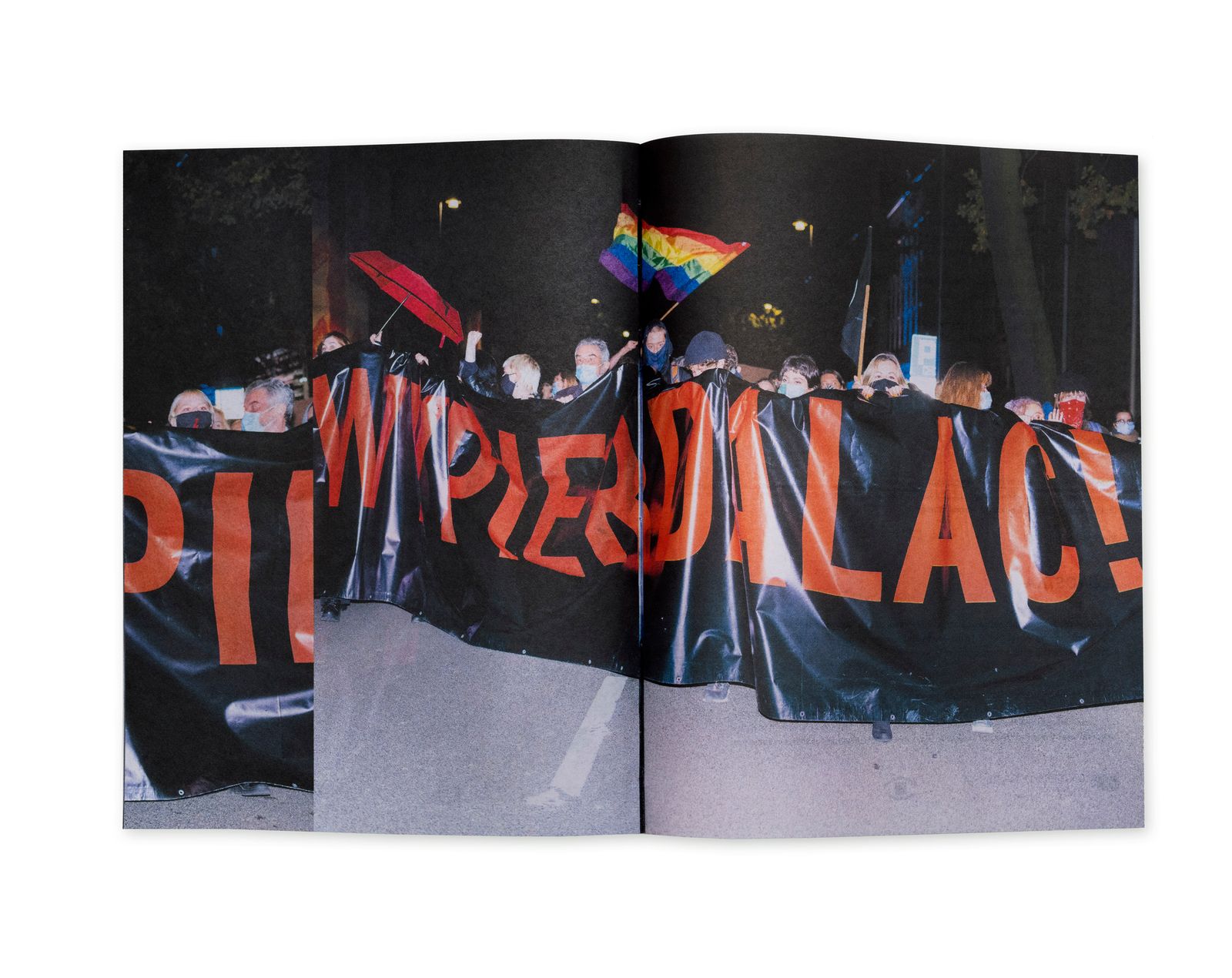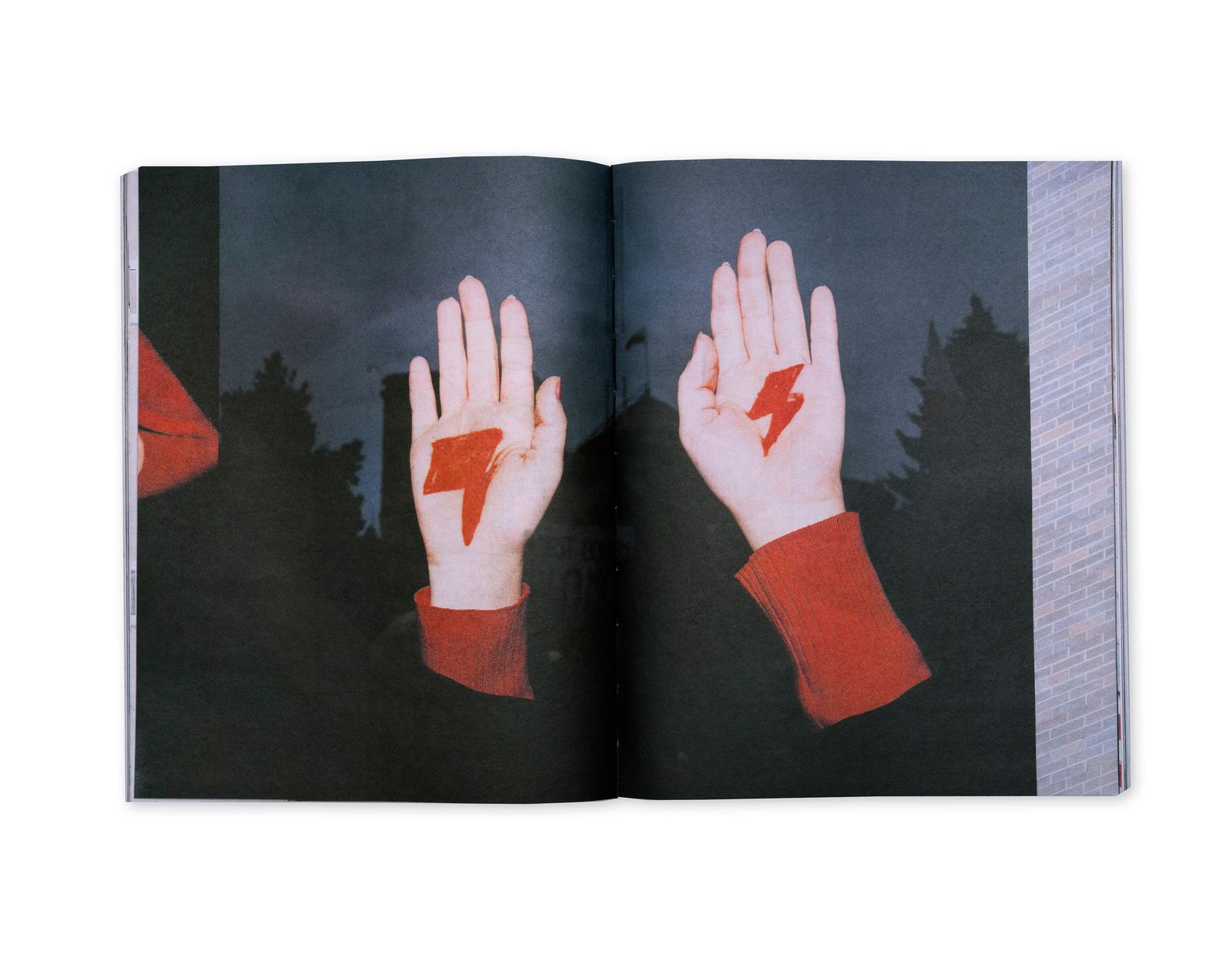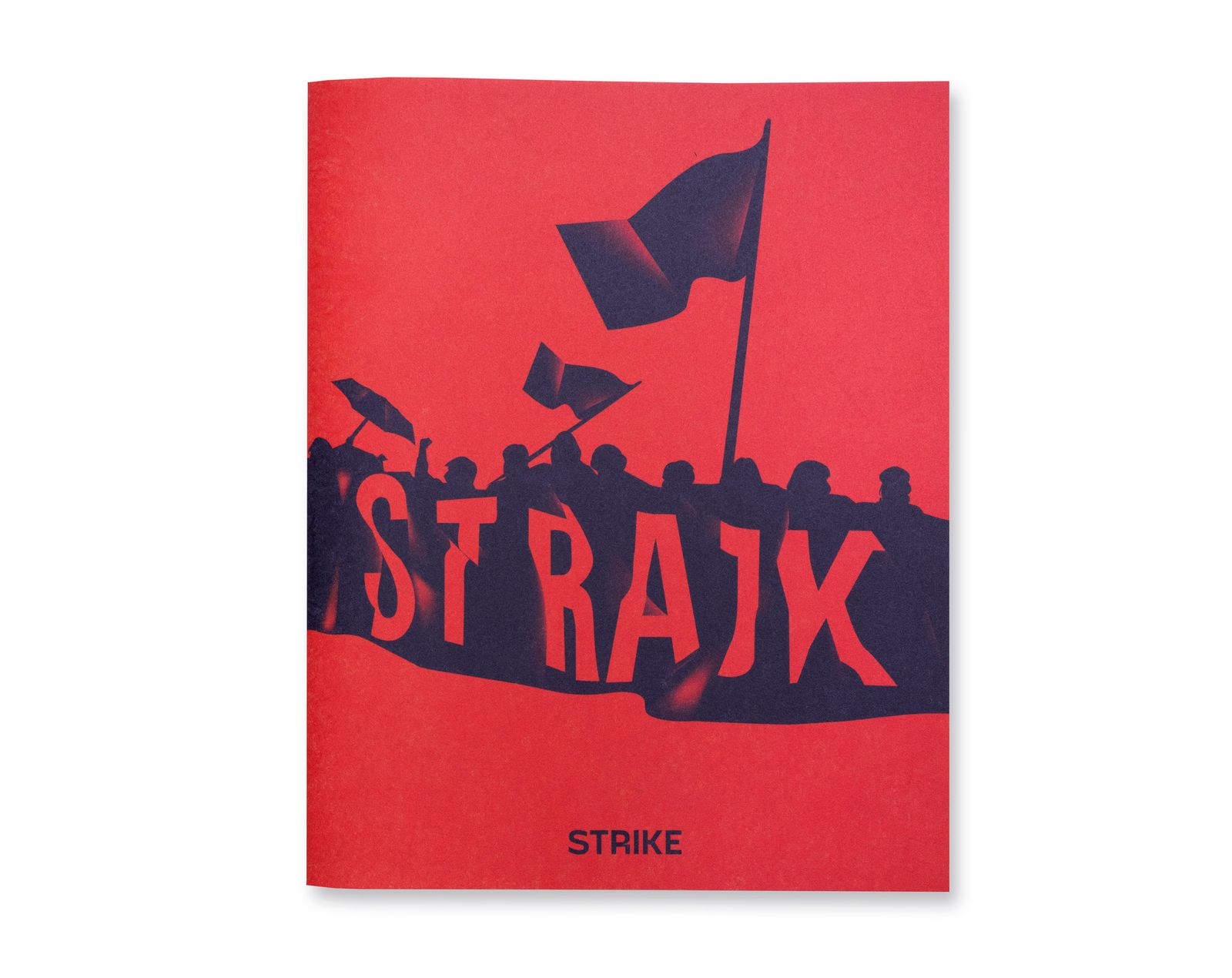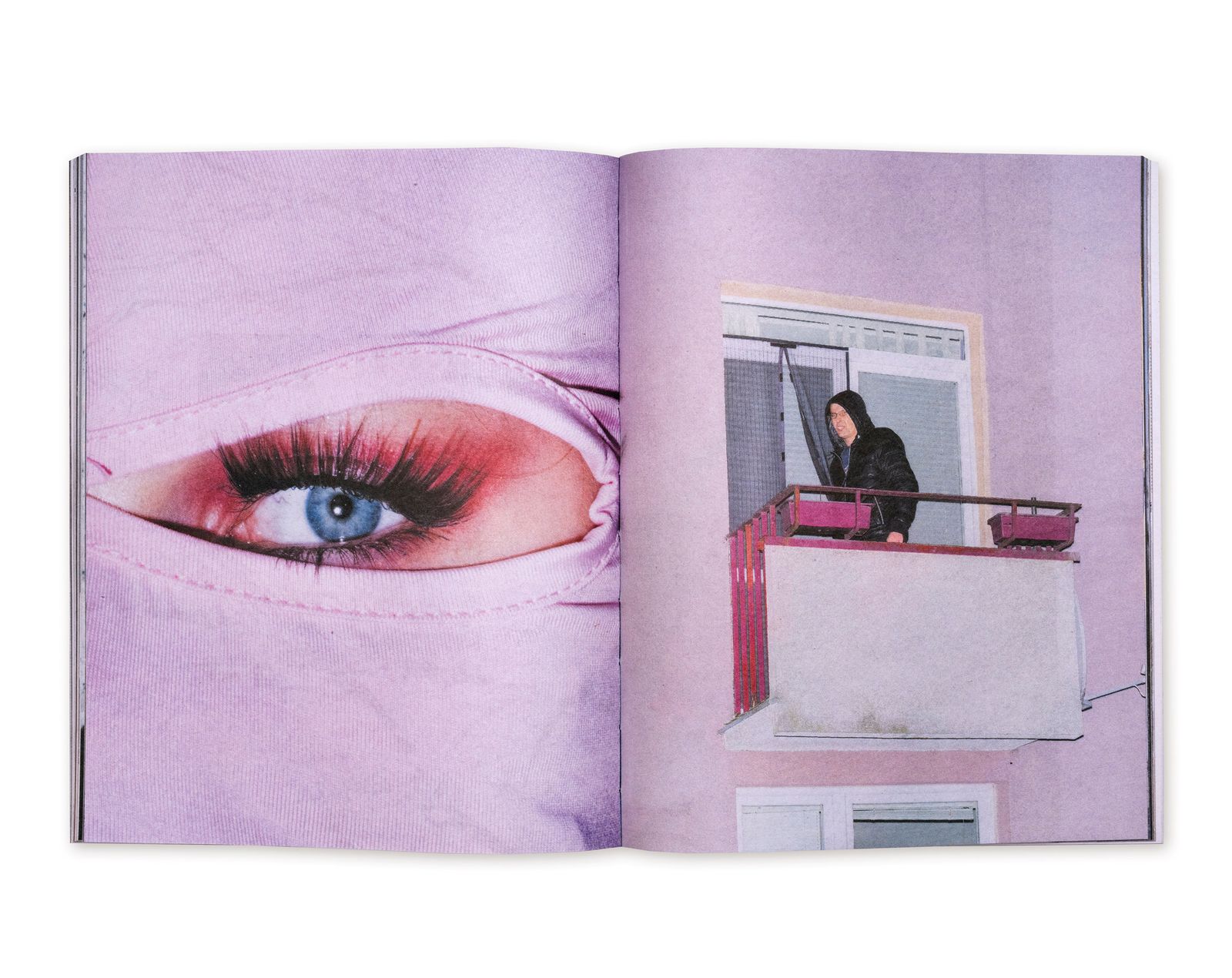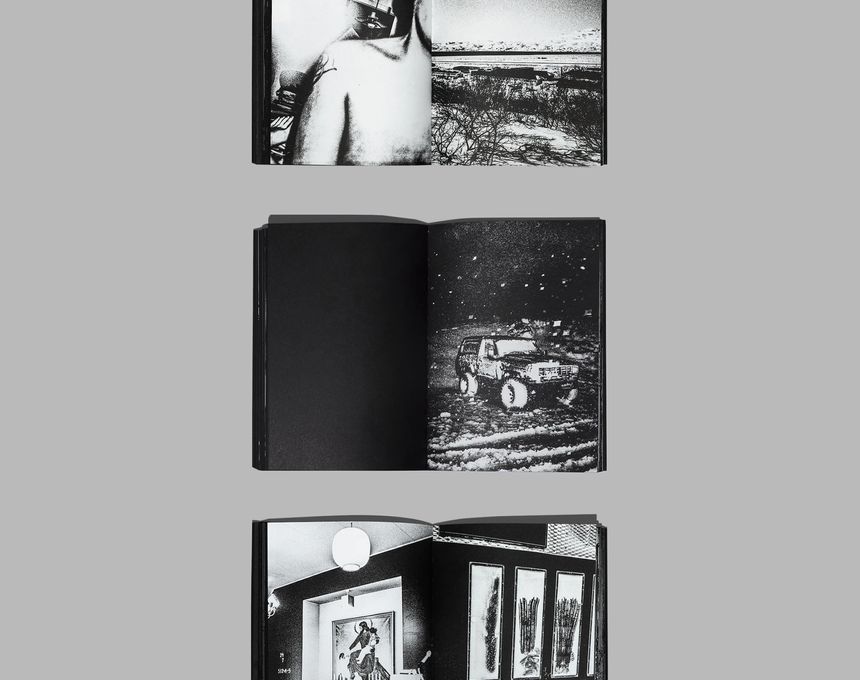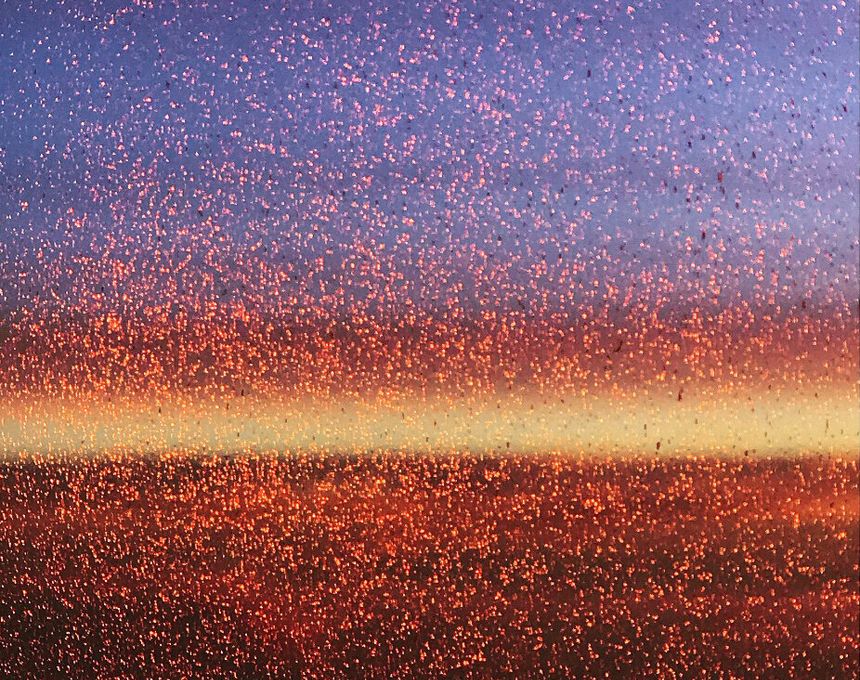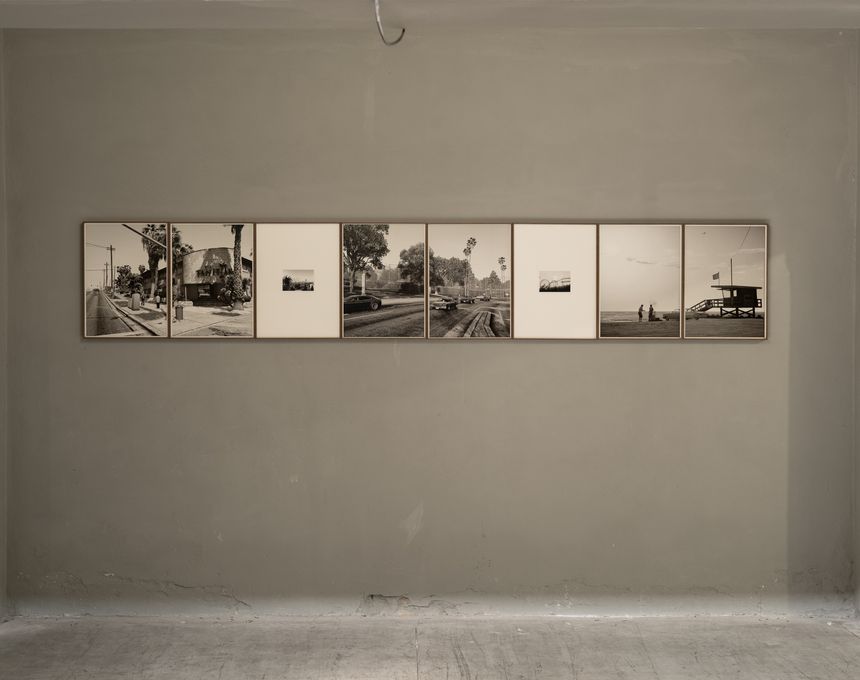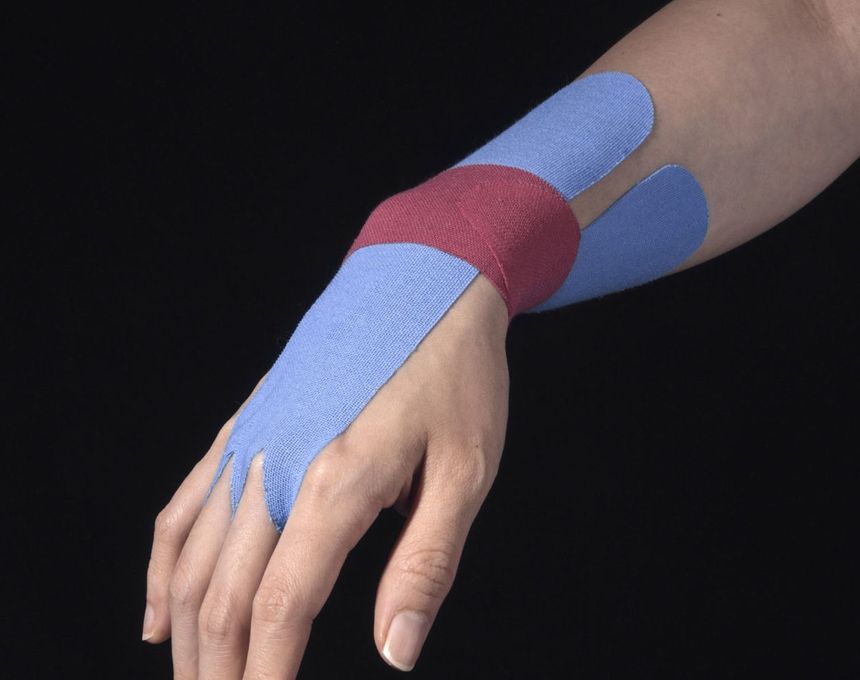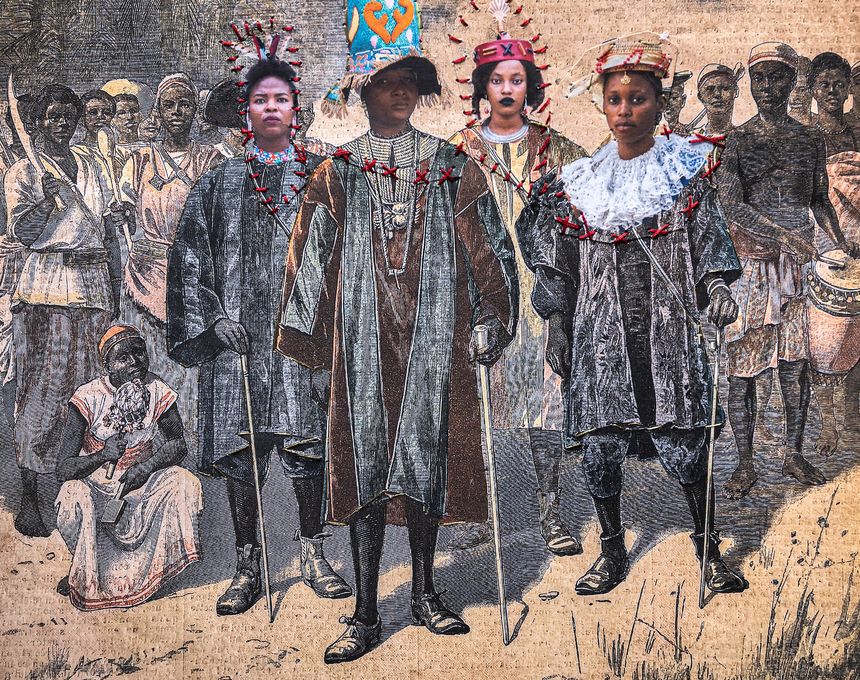Strajk and a Woman's Right to Choose
-
Published26 May 2022
-
Author
Go through recent histories of the photobook such as What They Saw: Historical Photobooks by Women and the topic women’s rights to their own bodies appear repeatedly. Go to 1974 and in Growing UP Female, Abigail Heyman takes a self-portrait of herself, legs apart, as she undergoes a recently legalised abortion. It’s one year after Roe v Wade, and the caption reads ‘Nothing ever made me feel more like a sex object than going through an abortion alone.’
In 2018, Laia Abril completed On Abortion, a book that looks at the interconnectedness of abortion, male violence, politics and the deaths (‘‘Every year 47,000 women around the world die due to botched illegal abortions.’ is written on the back of the book) that result from the horrific treatments women pursue in desperation.
Anti-abortion campaigners also rely heavily on photography, using backlit images of foetuses and scan images of thumb-sucking babies in what Lucy Lippard calls ‘unborn bathos’. This is very different to Abril’s complex consideration of multiple personal, medical, and social issues and is part of what Rosalind Pollack Petchesky sees as the inherent selectiveness of photographs and ‘…their tendency to splice up reality into tiny bits wrenched out of real space and time.’
It's an approach where women are almost invisible, where the baby exists in a physical space that is in a womb but is somehow woman-free. This has a precedent in photography with perhaps the most famous series of images of foetal development, Lennart Nilsson’s photobook ‘The Birth of a Baby’ giving more presence to the doctor who delivers the baby than the mother who has carried it around with her for the last months. It’s a classic case of a male-dominated Medical Gaze.
Last year, Rafal Milach made Strajk, a book that looks at the demonstrations by women that erupted in response to the Polish parliament’s decision to make abortion almost completely illegal in 2021. It’s a modestly sized book that has a stencilled outline of a demonstration set against a red background on the front cover. On the back is a black lightning flash, the symbol of the All-Poland Women’s Strike (the cover is designed by Ola Jasionowska who also designed the flash symbol). So far, so graphic.
Open it up and it gets even more graphic. Images of demonstrations can (to be charitable) be repetitive and dull, a middle distance of marchers and banners that look the same whatever the protest.
That’s not the case with Strajk. Colour full-face portraits show women in masks with brilliantly decorated eyes and hair, right in front of the camera. Irises are wide open, there is energy in the air, and a fury at a decision that has mostly been made by men for whom misogyny and biological control of women are central to their strange sense of masculinity.
Other images show people at windows. They watch and they participate (this is the height of Covid when many people were isolating), holding up images of the Virgin Mary with a flash symbol coming out of her heart, or signs saying Jebac PiS (Fuck the Law and Justice Party). Others film the marches (this is a war fought out on social media) as a multitude of gazes are played out.
Here women are completely present in the book. Their eyes, their bodies, and their right to self-determination are entirely present. Strajk is a protest book in the classic sense, one that is both partial but also captures the essence of what is being fought for in the eyes of the women who are at the heart of the book.
---------------
All photos © Rafał Milach
---------------
Strajk
2000 copies including 50 copies of the special edition with the graphic by Ola Jasionowska
Photographs: Rafał Milach
Editing & sequencing: Rafał Milach
Cover graphics: Ola Jasionowska
Book design: Ania Nałęcka-Milach & Rafał Milach
Texts: Aleksandra Boćkowska, Karolina Gembara, Iwona Kurz
Publisher: JEDNOSTKA Gallery
First edition
165 x 207 mm
256 pages
---------------
Rafał Milach is a professor at the Krzysztof Kieślowski Film School of Silesian University in Katowice, Poland. He has received scholarships from the Polish Minister of Culture and National Heritage, Magnum Foundation, and European Cultural Foundation. Finalist of the Deutsche Börse Photography Foundation Prize, Polityka Passports Award and a winner of the World Press Photo competition. Co-founder of the Archive of Public Protests and Sputnik Photos collectives. His work has been widely exhibited and is part of the public institutional collections worldwide. Rafal is an associate member of Magnum Photos.
Colin Pantall is a photographer, writer and lecturer based in Bath, England. His book, All Quiet on the Home Front, focuses on family, fatherhood and the landscape. Follow him on Twitter and Instagram.
